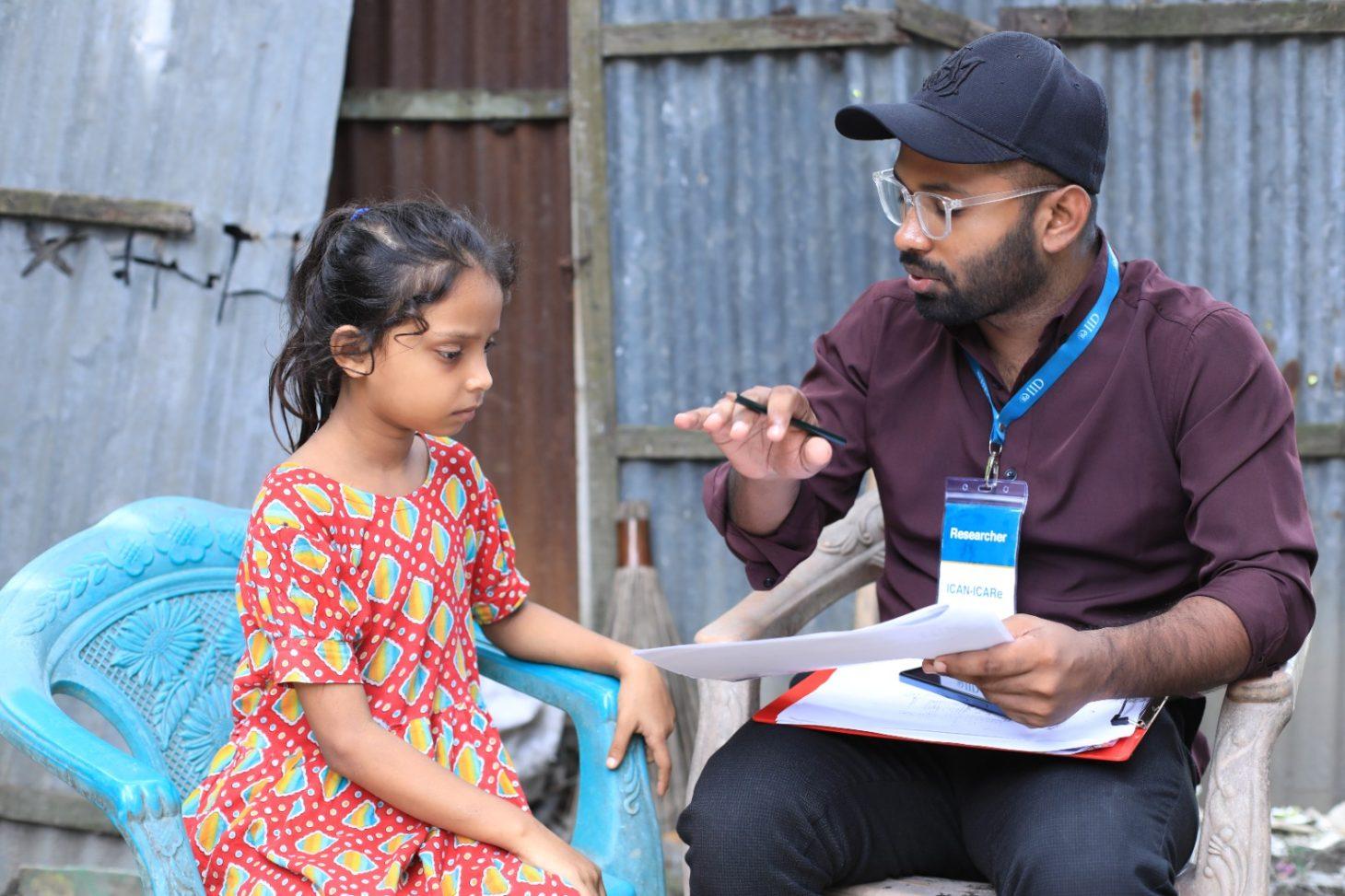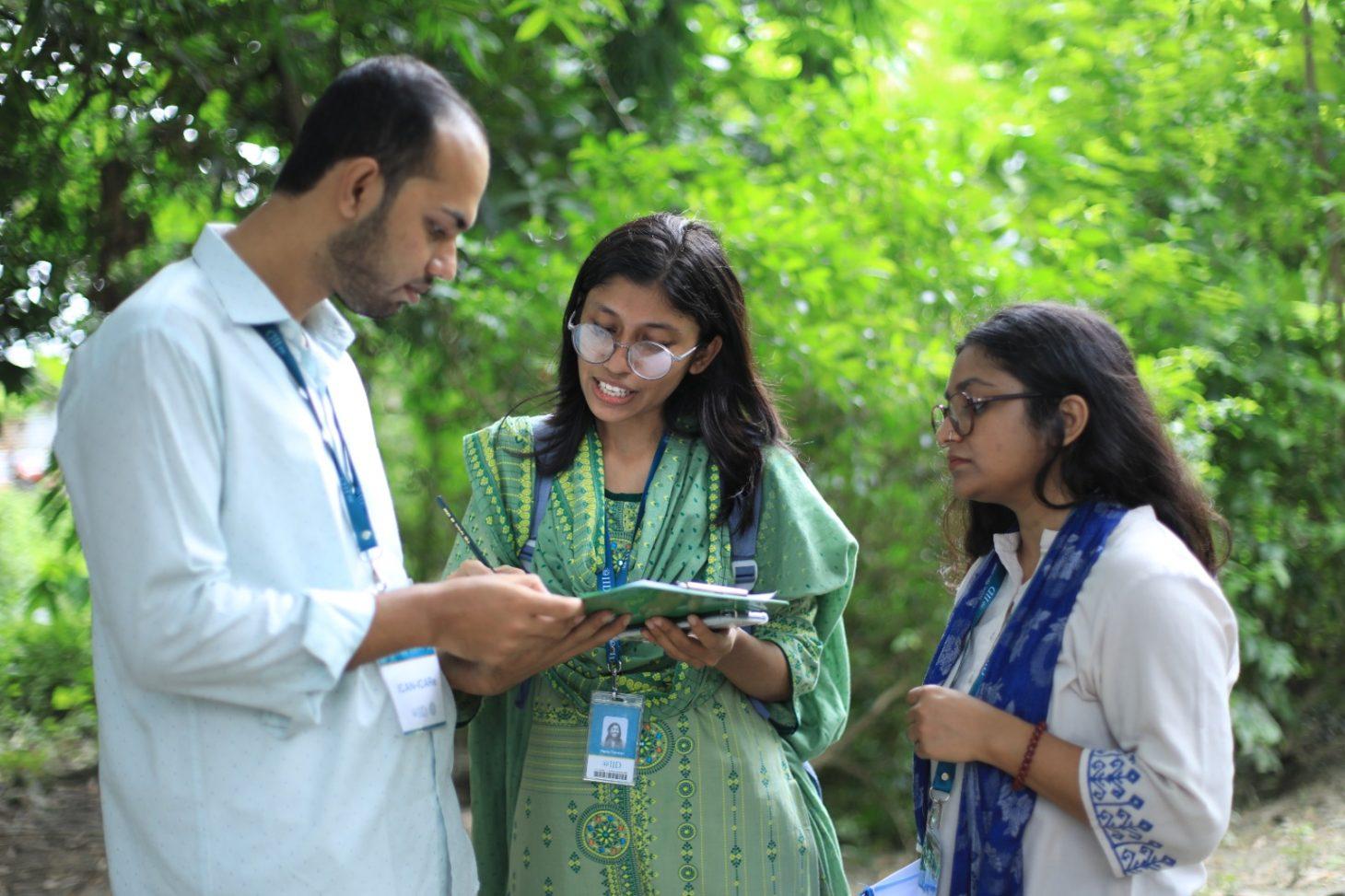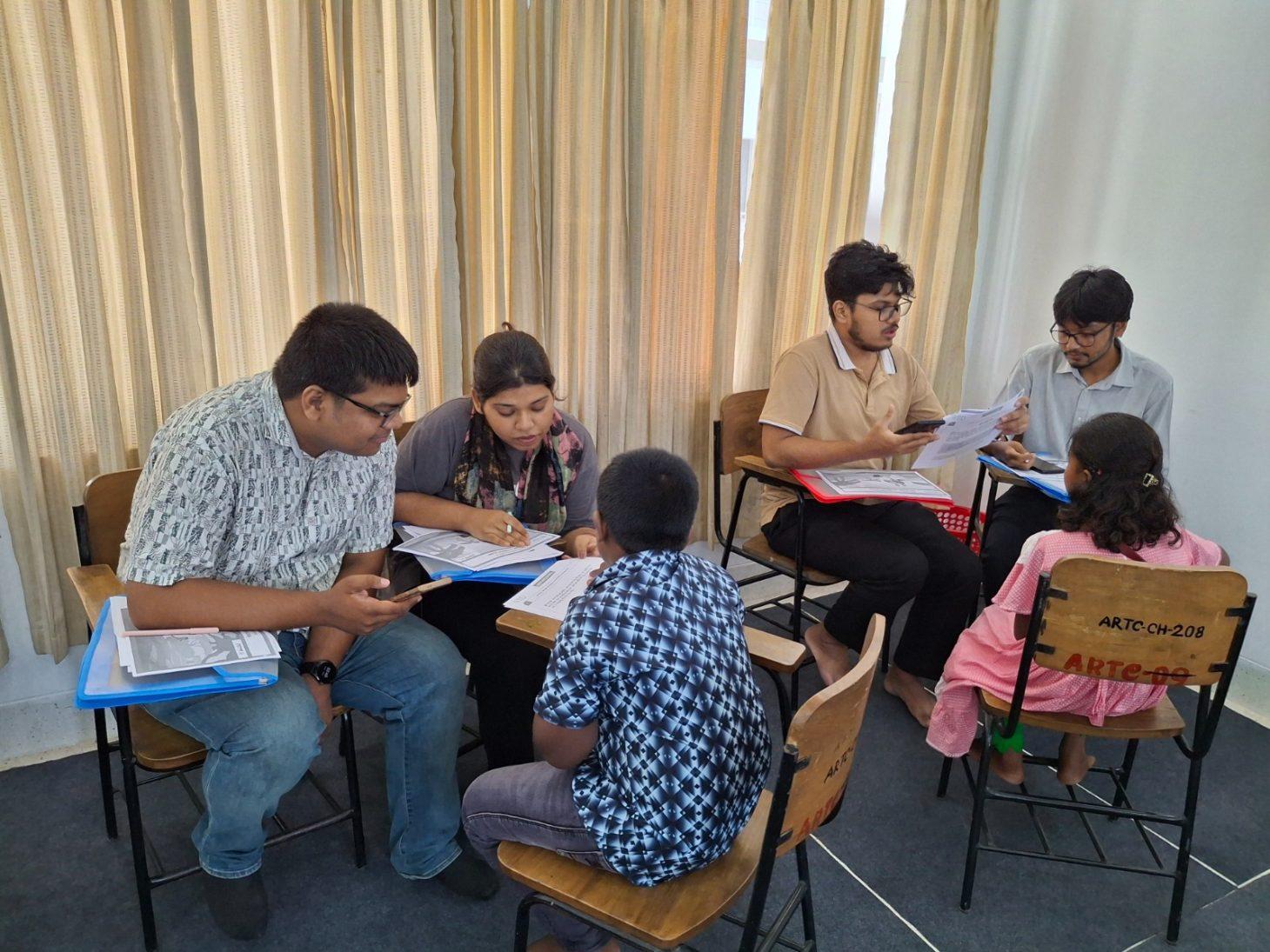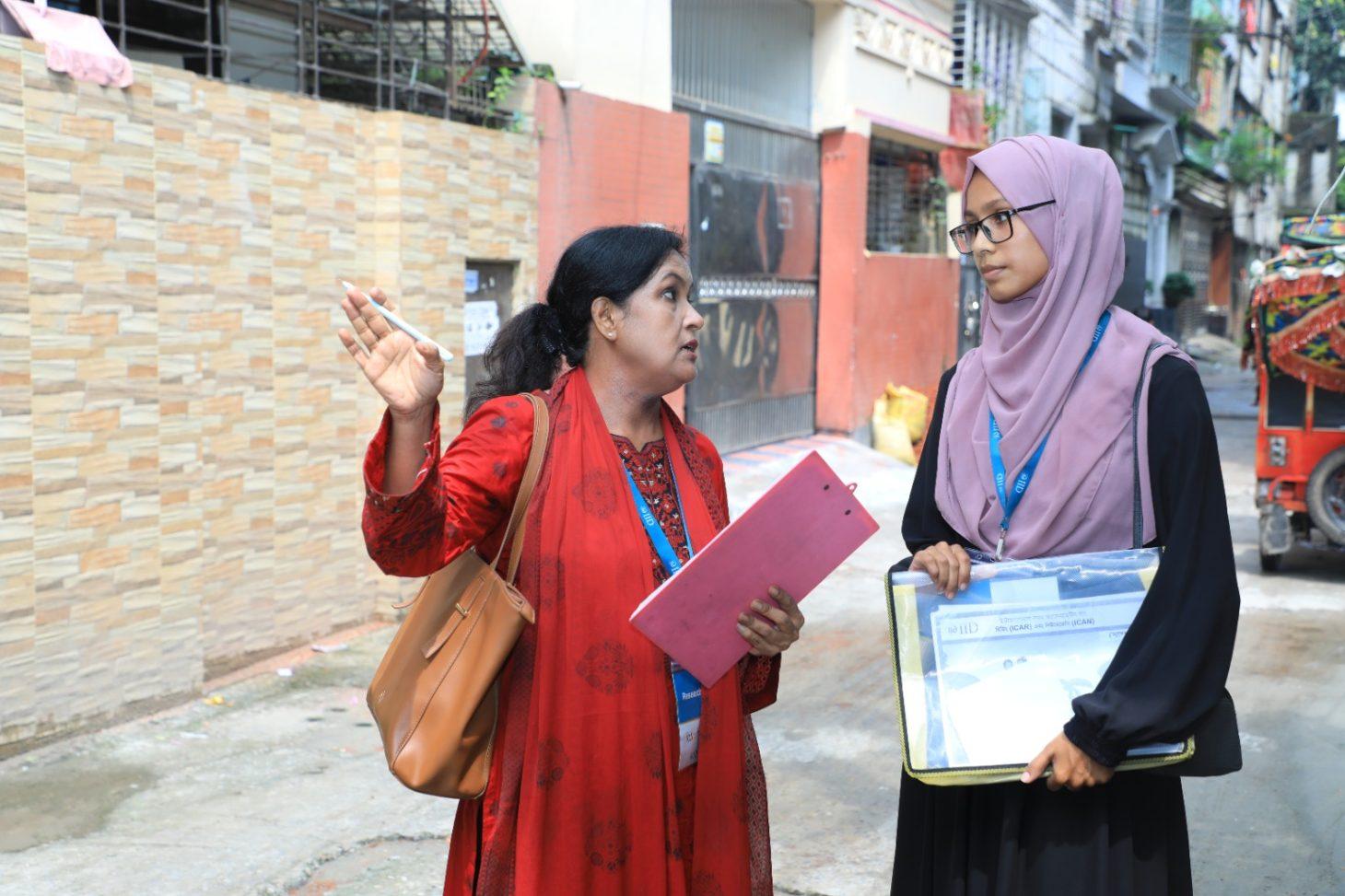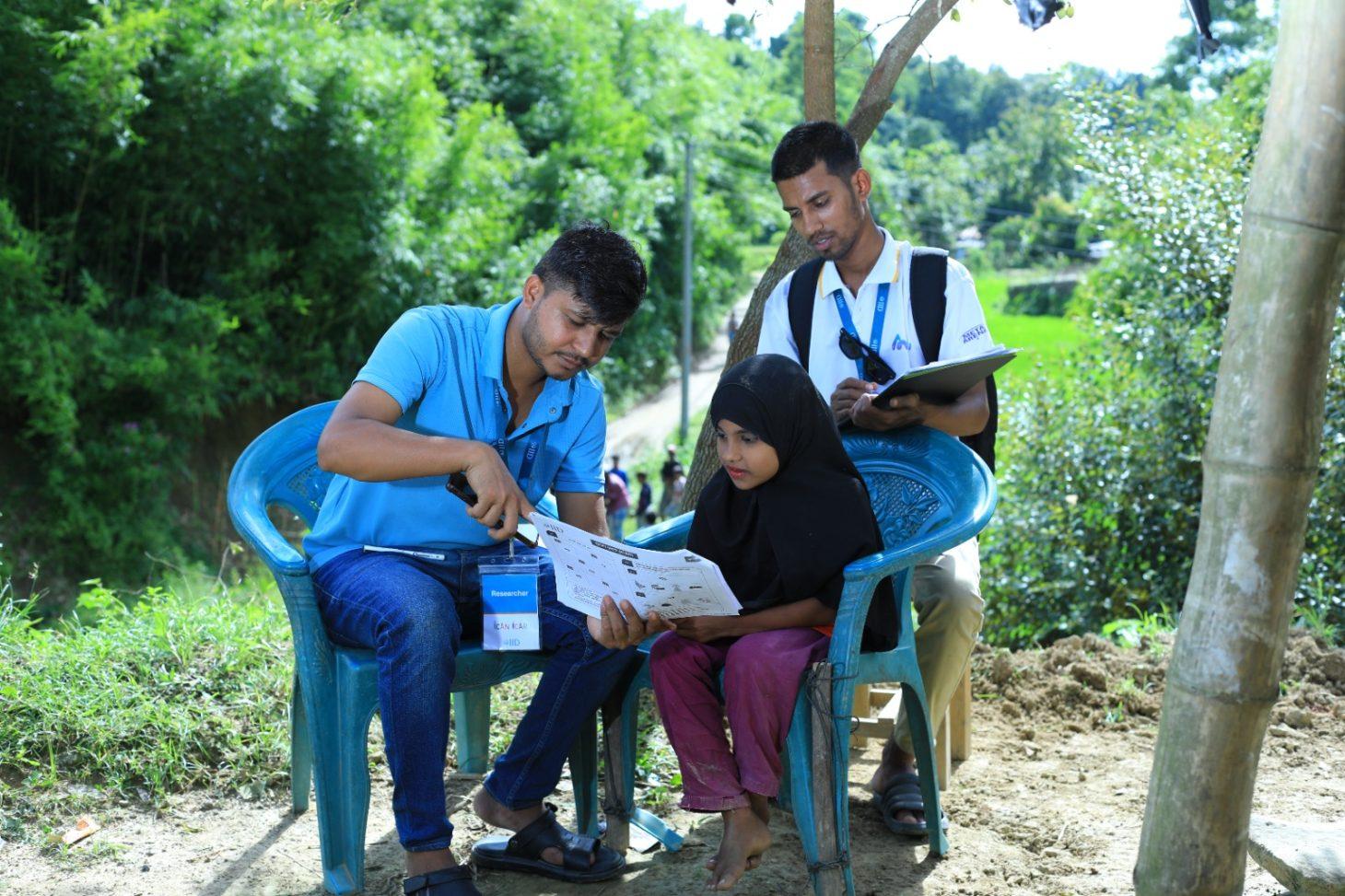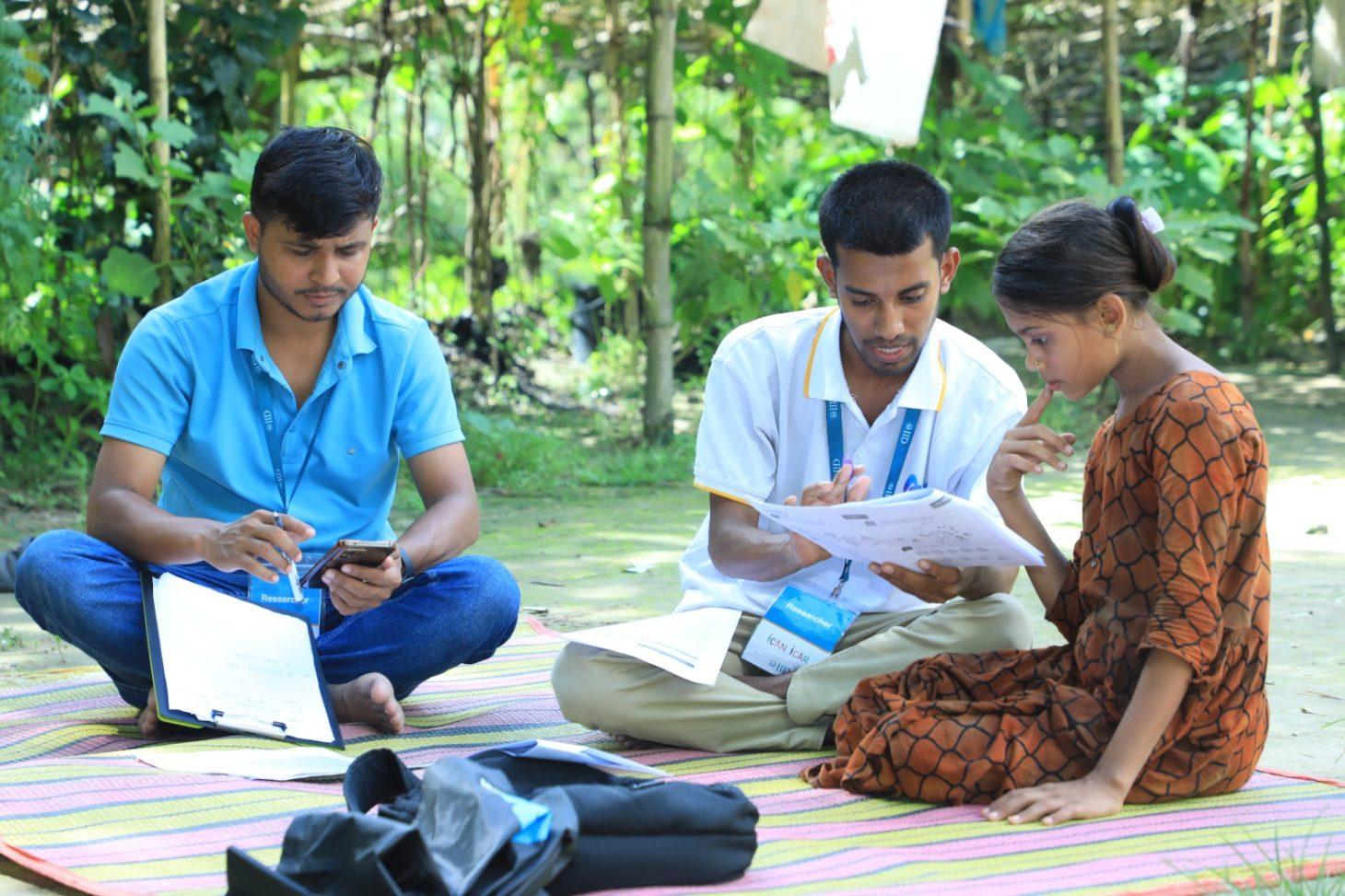Across the world, millions of children attend school yet still struggle to master basic reading and math. This “learning gap” is a challenge shared by countries everywhere, including Bangladesh. These gaps often remain invisible until someone takes the time to see what children can actually do.
In Bangladesh, the Institute of Informatics and Development (IID), in partnership with the People’s Action for Learning (PAL) Network, has led a nationwide initiative to uncover these unseen learning realities. Through the International Common Assessments of Numeracy (ICAN) and Reading (ICAR), IID and its local partners worked to assess the foundational learning of children.
The approach was deeply community-rooted and inclusive. Volunteers were trained from both urban and rural areas, families were engaged, and assessments were conducted in homes to ensure every child’s learning story was captured, whether in a busy Dhaka neighborhood or a remote char village.
Data collection was successfully completed across all 8 divisions, 64 districts, and 257 villages. This marked a major milestone for Bangladesh’s education landscape. Hundreds of trained volunteers reached households in every type of community—urban, rural, and remote. They assessed children’s foundational skills in literacy and numeracy in real-life contexts. The effort not only generated valuable data but also inspired conversations among parents and communities about the importance of learning beyond school walls.
The journey began with a Training of Trainers (ToT) workshop in Dhaka, where seven master trainers prepared to guide volunteers across the country. With this foundation, the first field assessment was launched in Khulna Division, in collaboration with Rural Reconstruction Foundation (RRF). At RRF’s Jashore headquarters, 48 volunteers and three district coordinators were trained before visiting 42 villages and surveying 840 households.
Momentum soon spread beyond Khulna. Three divisions, Rangpur, Sylhet, and Barishal, joined spontaneously. In Rangpur, with Udayan Swabolombee Sangstha (USS), 38 volunteers and two district coordinators surveyed 680 households across 34 villages, reaching over 700 children. In Sylhet, with Multipurpose Socio Economic Development Association (MSEDA), 40 volunteers trained in Sreemongal before assessing 360 households in 18 villages, warmly welcomed by parents and grandparents who proudly observed their children’s participation. In Barishal, with Grameen Jano Unnayan Sangstha (GJUS), 30 volunteers surveyed 520 households across 26 villages.
From there, the journey expanded further. Rajshahi and Mymensingh began almost in parallel, ensuring that children from both historic towns and remote hamlets were included. In Rajshahi, with Ashray, 38 volunteers surveyed 680 households across 34 villages, assessing more than 700 children. In Mymensingh, with SERRA, 40 volunteers trained in Netrokona before visiting 18 villages and 360 households ensuring even the most remote communities were not left behind.
The final phase covered Dhaka and Chattogram Divisions, implemented with Evaluation and Consulting Services Ltd. (ECONS) and Young Power in Social Action (YPSA), respectively. In Dhaka, 64 trained volunteers surveyed 1,120 households across 56 areas in every district, while in Chattogram, 54 volunteers collected data from 940 households across 47 urban and rural areas spanning 11 districts. With these final rounds, ICAN–ICAR achieved full national coverage across Bangladesh, capturing the learning realities of children from riverine chars to bustling city centers.
The ICAN–ICAR tools were developed by the PAL Network, which brings together partners from 17 countries in Africa, Asia, and the Americas to address the global learning gap. Drawing on years of experience with simple, home-based assessments, PAL created ICAN and ICAR as low-cost, globally comparable tools that help communities understand learning levels and identify ways to support children better. The tools are aligned with the Global Proficiency Framework (GPF) and SDG 4.1.1(a) reporting requirements, ensuring their global relevance and comparability. They will also be publicly available for wider use by governments, researchers, and civil society.

